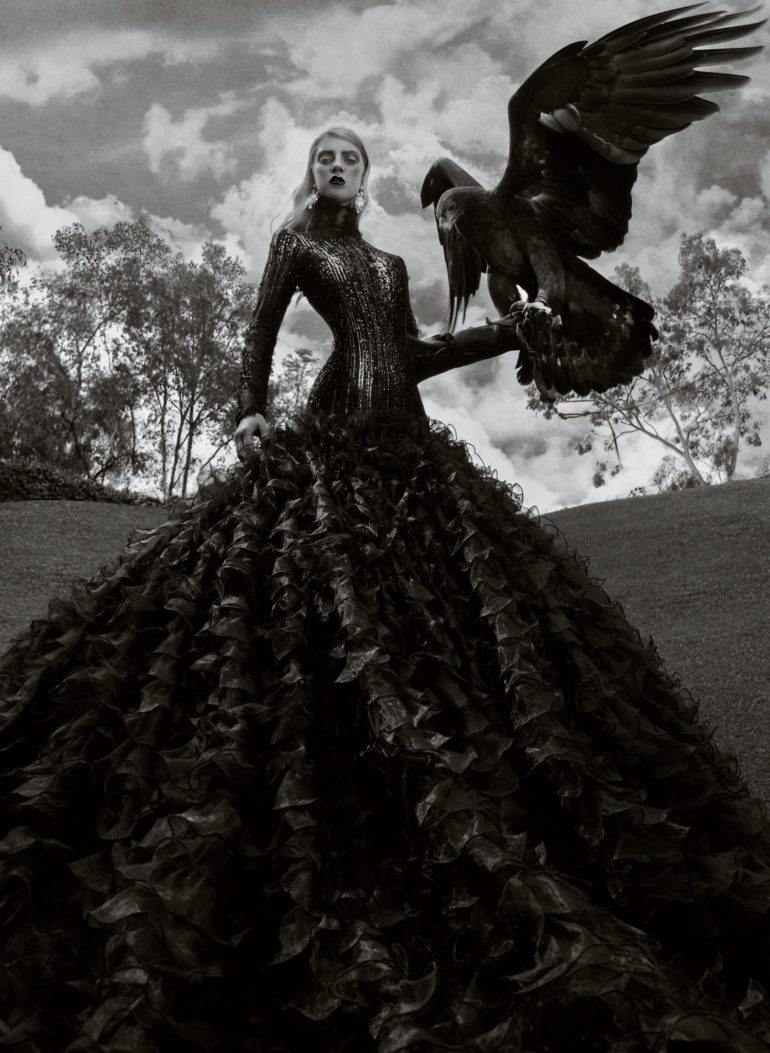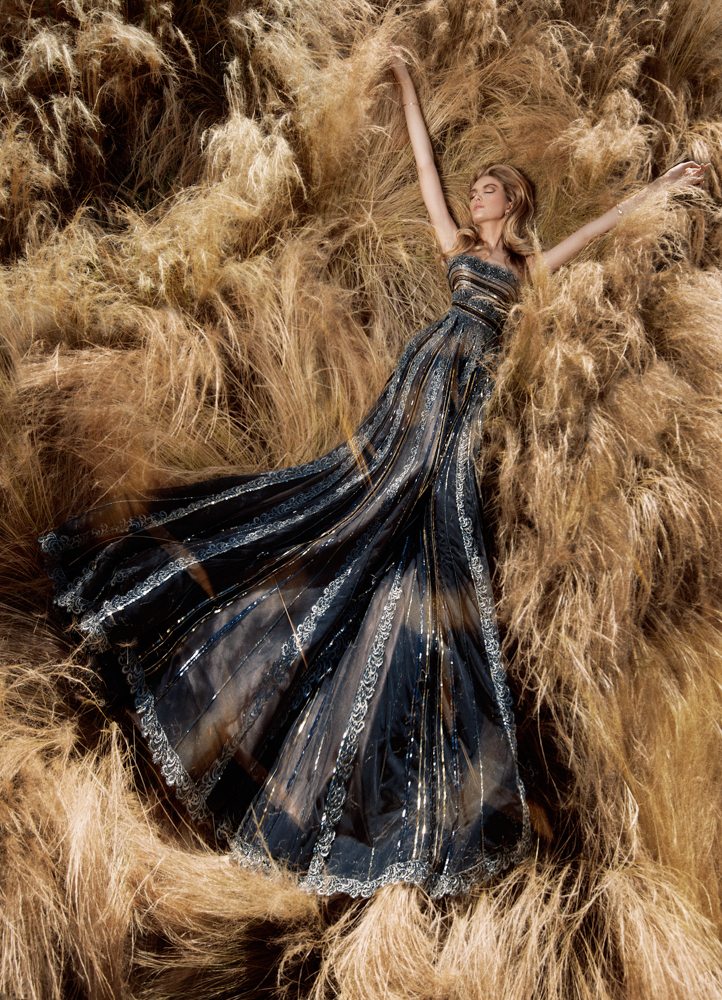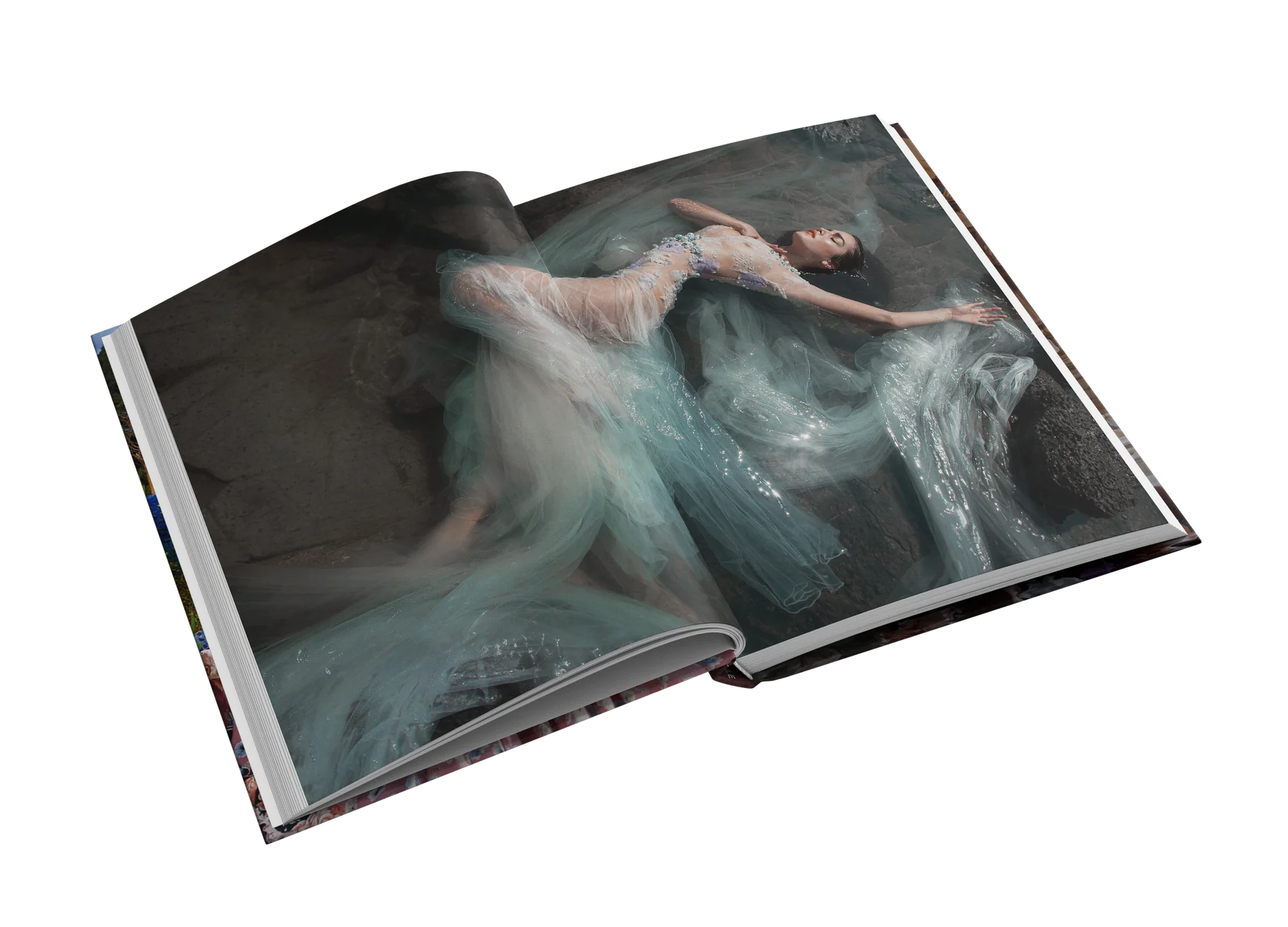You might not necessarily know the name Jvdas Berra, but you’ve surely seen his photos. The Mexican photographer who has had his work published by Vogue, ELLE, Nylon, Marie Claire, InStyle, Image Amplified, Vanidades, Photography Master Class, and NatGeo among others, is now coming out with a new book entitled Jvdas. And just like many photographers, he got into the art form just by trying it out — telling us that he abandoned his studies in film a long time ago.
Part of what makes Jvdas’s work so peculiar is his ideas. He told us several years ago that his mind is more or less mental chaos. “My inspiration comes from many places, born from a sound, an image, to a feeling I may be experiencing,” he told us. “Similarly, cinema greatly influences my thinking, so I attribute much of my changing style to filmmaking.” He added on that he’s not a very tidy person overall.
My love for animals is even greater than my love for fashion. From childhood I always looked at the beautiful pictures in National Geographic magazines and one of my biggest dreams since I can remember was dedicate myself to wildlife photograph until I met fashion photography and gradually I was able to make riskier projects.
Jvdas Berra to us in an interview
Jvdas mixes in several romantic and magical elements to his imagery, and that’s why we called him one of the best fashion photographers of 2023. His Birds of Prey series, specifically incorporated the use of avian friends to promote conservation in a subtle way throughout the images. The same idea was applied to Autumn for the Elephants. And while still quite magical, we don’t see the animals in Desperate Hollywood Wife. His entire output of artwork, however, is unified with a sense of beauty, mystery, and surreal creativity that isn’t seen all that often anymore.


In the new book by Jvdas Berra, you’ll find several of these images for you to be inspired by. The photographer tells us that he manages every part of the production — including location scouting. That’s a major part of how these images happen. Additionally, we also have to consider things like the set design, pre-production, and all. For sure, Jvdas’s work is a production in and of itself. There’s a lot of work involved, and it shows.
More importantly, Jvdas’s work is all things done mostly in-camera. This isn’t a book of AI artwork. Instead, it’s a body of photography that has been created with real people — not some sort of composite put together with prompts. The images are all real.
That statement brings us to the point of authenticity — which is something that the pandemic majorly emphasized but that has started to disappear. Images are things that we simply consume as part of digital content. But this is a book. A photography book is far different from what you see on a screen. It contains within it several images that you can sit and stare at. There are no distractions or apps pinging you for attention. Instead, it lets you stare and ask yourself several questions about the photo. More importantly, it forces you to move around and interact with it vs sitting in front of a screen. Depending on the paper that you’re printing the photo on, you’ll get one experience or another.
Photo books are incredibly important, and Jvdas’s is no exception.
All images used with permission in our interviews from Jvdas Berra.


